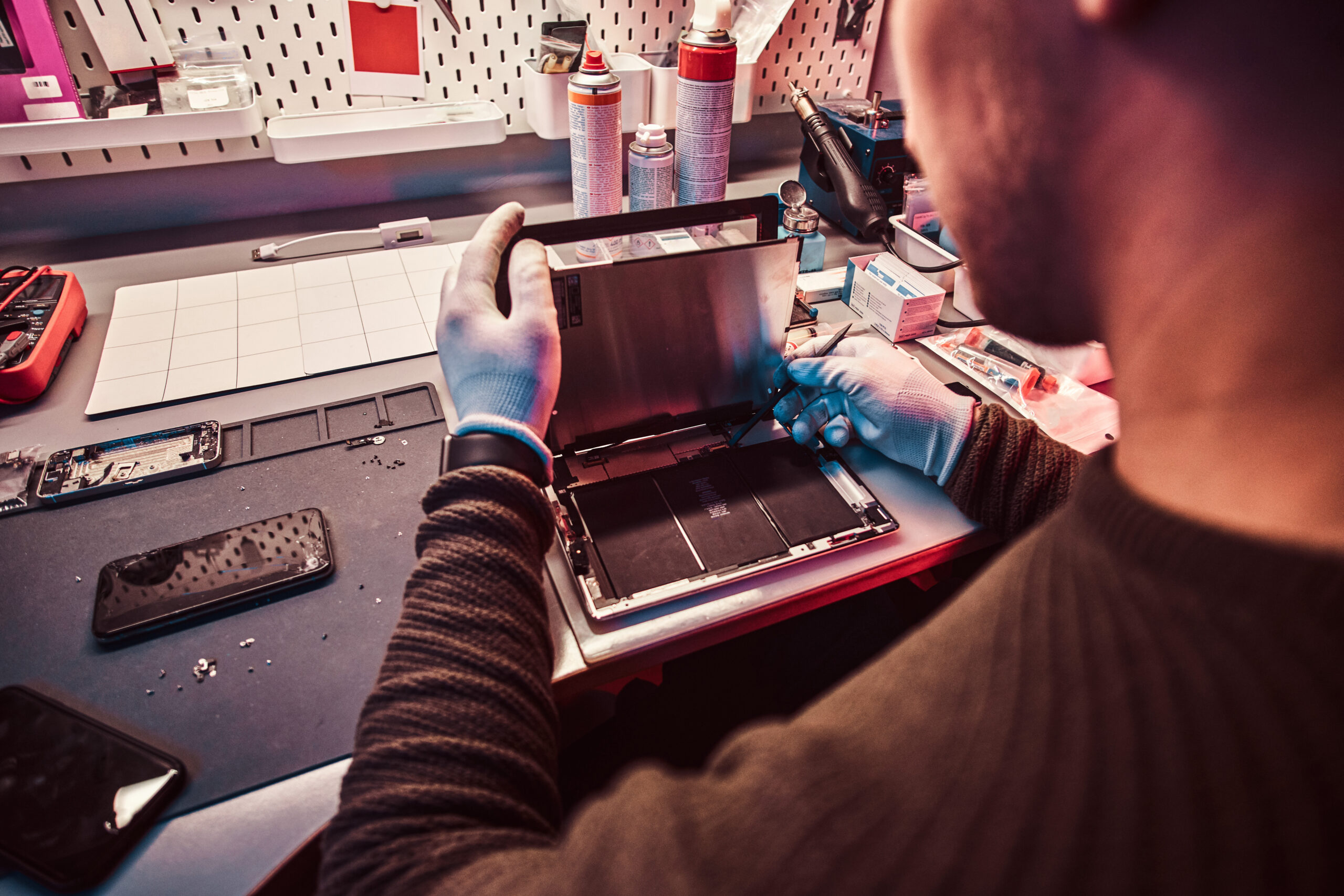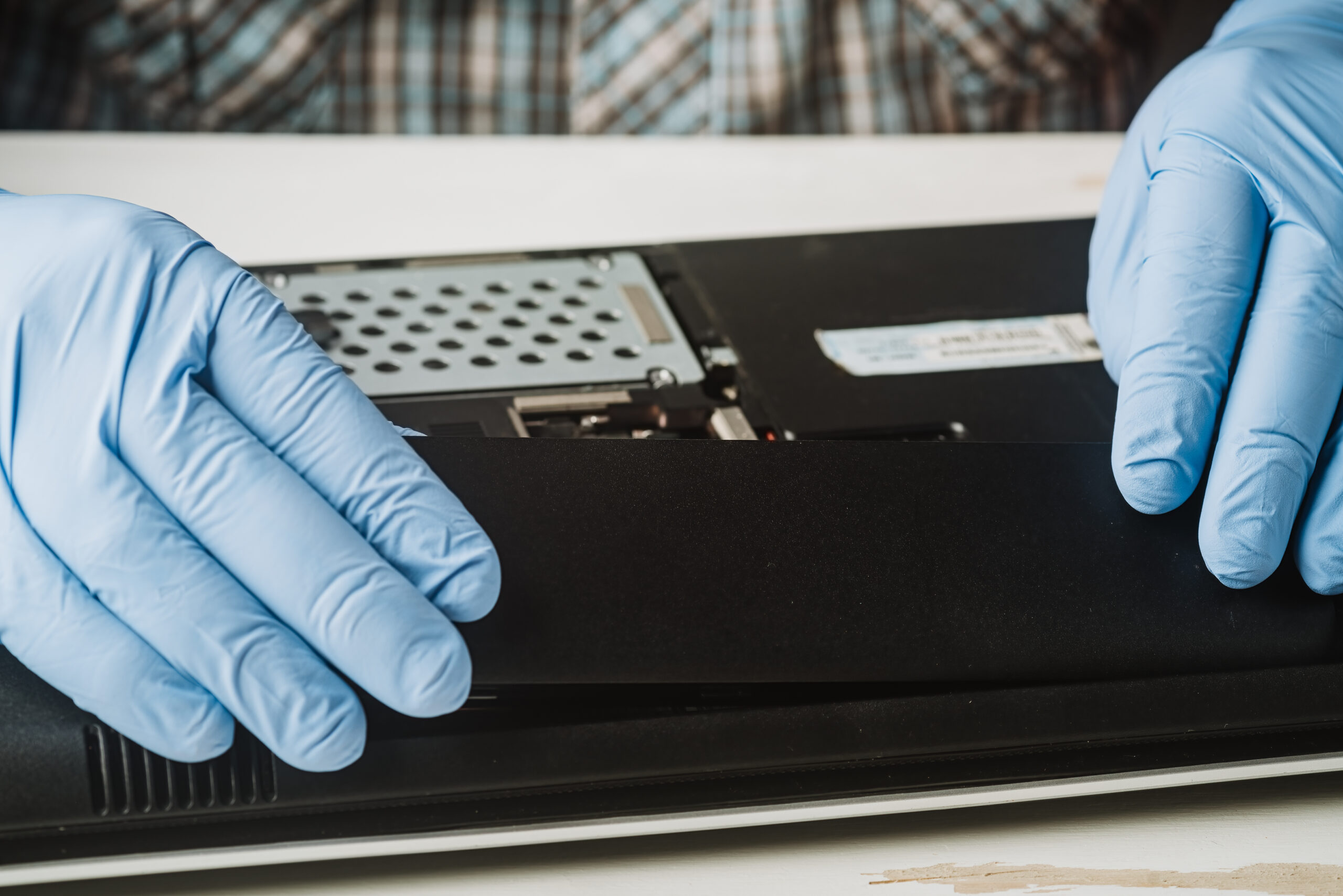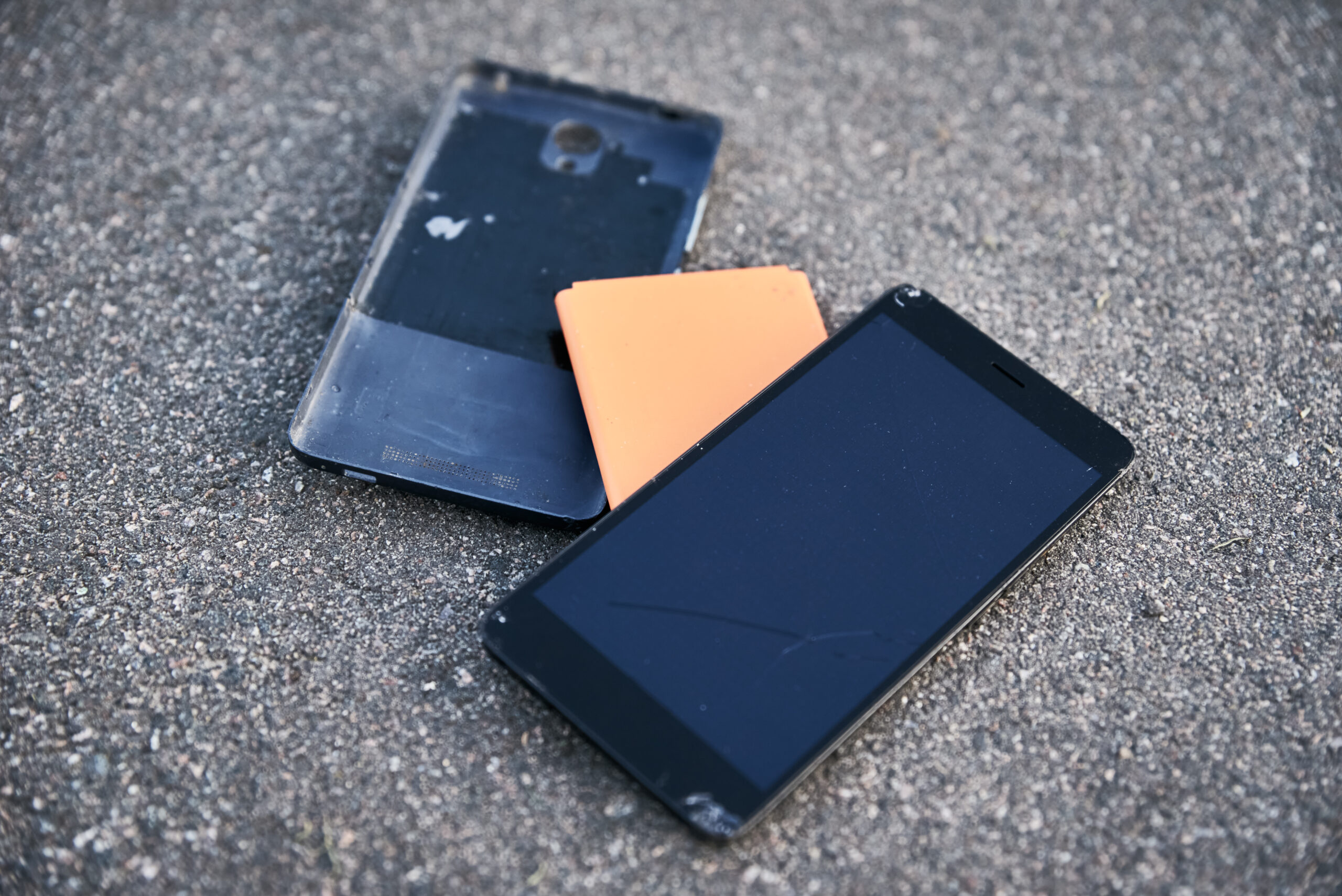
Tablets have become a preferred device for work, entertainment, and communication due to their convenient computer-like features and smartphone-like portability. However, when a tablet breaks or malfunctions, it can be an exasperating experience.
At such times, you may contemplate whether to fix it yourself or seek professional help. This article aims to examine the pros and cons of DIY repair versus professional repair, helping you decide which approach would be most suitable for you and your tablet.
Benefits of DIY Repair
Cost
DIY repair is often the most cost-effective option. You can purchase replacement parts for your tablet at a much lower cost than paying for a professional repair.
Convenience
Repairing yourself allows you to save time and avoid having to schedule appointments or wait for someone else to fix your tablet.
Learning Experience
Repairing your tablet can also be a great learning experience. You can gain knowledge and experience in repairing electronics, which can be useful in the future.
Drawbacks of DIY Repair
However, DIY repair also has its drawbacks. These include the possibility of further damaging the tablet, not having the right tools or knowledge, and more. Some of the drawbacks of DIY repair are:
Difficulty
Repairing a tablet can be a difficult and time-consuming process. If you are not familiar with electronic repair, you may not be able to repair your tablet effectively.
Warranty
If your tablet is still under warranty, attempting to repair it yourself may void the warranty. This means that if anything else goes wrong with your tablet, you will be responsible for the cost of repair.
Further Damage
If you are not familiar with the repair process, you may end up causing further damage to your tablet, making it even more difficult to repair and increasing the cost.
Benefits of Professional Repair
Expertise
Professional repair technicians have the knowledge and experience to repair your tablet effectively and efficiently. Professional repair services often have access to specialised tools and equipment that can make the repair process much easier and faster. They also provide the highest quality parts and workmanship, so the repair will last longer.
Warranty
If your tablet is still within its warranty period, taking it to a professional repair shop will not invalidate the warranty, and any further repairs needed on the device will be covered under the warranty.
Guarantee
Many professional repair shops offer guarantees on their work, which means that if something goes wrong with your tablet after the repair, you can return it for a free repair or replacement.
Factors to focus on before making a decision
When deciding between DIY repair and professional repair, it’s important to consider the nature of the problem and your own level of expertise and knowledge. If the problem is minor, such as a cracked screen, and you feel confident in your ability to repair it, DIY repair may be the best option. However, if the problem is more complex, such as a damaged motherboard, you may want to consider professional repair.
In addition to considering the nature of the problem, it’s also important to consider the cost. If the cost of professional repair is not significantly higher than the cost of the replacement parts, it is worth paying for professional repair to avoid the risk of causing further damage.
Finally, consider the warranty. If your tablet is still under warranty, taking it to a professional repair shop will not void the warranty, which can provide peace of mind. On the other hand, attempting to repair it yourself may void the warranty, leading to be harder on your wallet.
Conclusion
In summary, the decision to choose between DIY and professional repair options for your tablet depends on various factors such as the complexity of the issue, cost, and your skill level.
DIY repair can save you money if you possess the necessary knowledge and expertise. However, if the problem seems too complex or if you lack confidence in your abilities, it is safer to opt for professional repair.
If you’re experiencing trouble with your tablet, there’s no need to stress. Contact Fixsmart, and we’ll handle the repair work for you. Our team of experts can quickly and efficiently get your tablet up and running again in no time!






